Whether it’s bad bets, shady dealings, or just plain hubris, there’s something morbidly fascinating about people going from private jets to public courtrooms in record time. It’s like watching the financial version of a reality TV meltdown—except instead of flipping tables, they’re flipping entire empires. These aren’t your average “oops, lost a yacht” kind of losses. We’re talking fortunes vaporized faster than your paycheck on payday. Some of these folks had it all—mansions, media empires, tech unicorns—and then, poof, gone. And while we’re not here to celebrate anyone’s downfall (okay, maybe just a tiny bit), you have to admit: there’s a weird comfort in knowing even billionaires can tank it all with one bad decision.
1. Elizabeth Holmes

Once the Silicon Valley darling hailed as the youngest self-made female billionaire, Elizabeth Holmes’s world collapsed in spectacular fashion when Theranos’s technology was exposed as a sham. At its $9 billion valuation, Holmes had a $4.5 billion paper net worth—until Forbes revised it to zero almost overnight after investigative reporting revealed that Theranos’s Edison machines couldn’t reliably run most tests. Former backers like Rupert Murdoch and the DeVos family publicly distanced themselves, and regulators swooped in, shuttering labs and launching fraud probes.
By 2018, Holmes faced multiple criminal charges; in 2022, she was convicted of four counts of fraud and sentenced to 11 years in prison. Her once-glamorous Palo Alto offices are long gone, and the company she founded dissolved amid lawsuits and fines. From red-soled Louboutins to an orange prison jumpsuit, Holmes’s fall shows that hype and unicorn status can evaporate when the tech doesn’t deliver.
2. Eike Batista
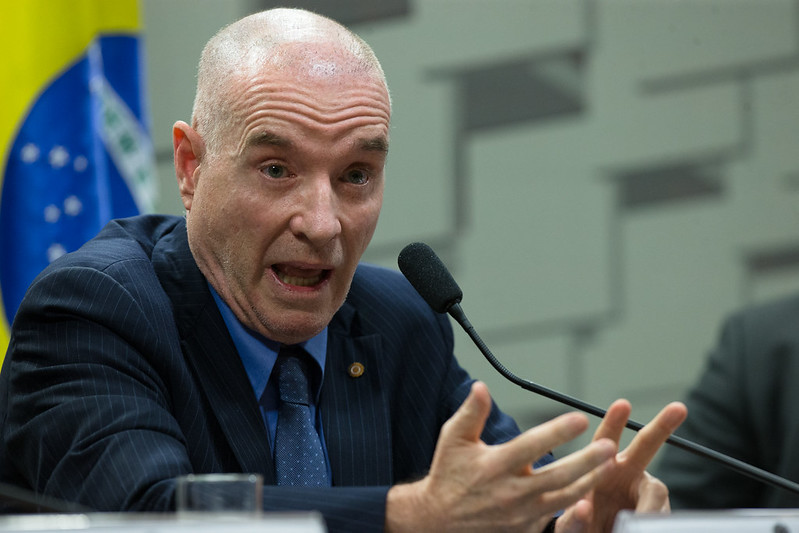
At his peak in 2012, Eike Batista was the seventh-richest person in the world, with a sprawling EBX empire spanning oil, mining, logistics, and more. Then OGX, his flagship oil company, failed spectacularly when it couldn’t deliver promised production, wiping out roughly 97% of his $30 billion fortune practically overnight, per Reuters. Investors who’d bet on the Brazilian wunderkind saw their holdings plunge as his net worth nosedived to under $1 billion within months.
By mid-2013, Batista’s assets were frozen, and legal troubles mounted—he faced insider-trading fines and corruption charges, culminating in a 30-year sentence in 2018 for bribing a Rio de Janeiro governor. Suddenly, the man once building luxury ports and megaprojects was back to middle-class life, lamenting in interviews how he “didn’t even know what a budget was” after the collapse. The EBX Group still exists, but its founder’s glory days are a distant memory—proof that even the biggest empire can implode when its cornerstone wobbles.
3. Seán Quinn
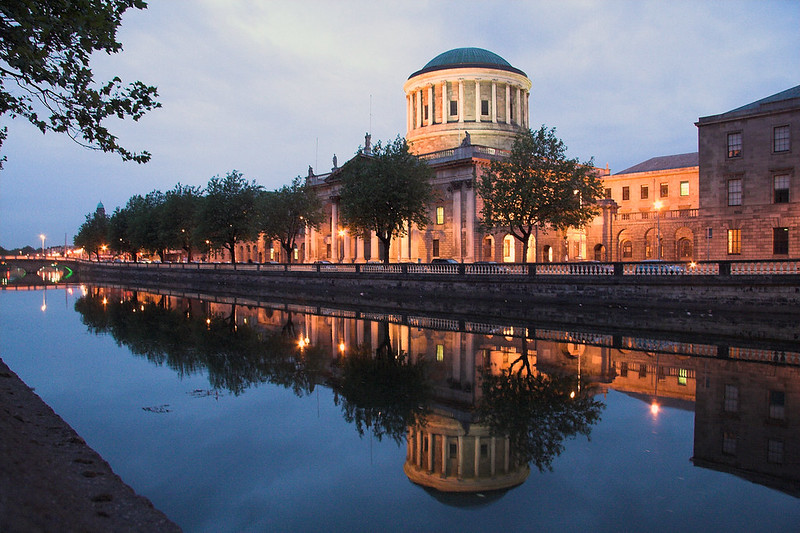
Ireland’s Seán Quinn built a €5 billion empire of insurance, hotels, and energy—until the 2008 financial crisis and a disastrous bet on Anglo Irish Bank triggered a total wipeout. Quinn’s personal wealth, which The Guardian had pegged at over $6 billion in 2008, was gone within weeks as his company-defaulted on massive loans, forcing him into bankruptcy in late 2011 Overnight, the man who financed sports stadiums and hotel chains found himself in contempt of court for trying to shield assets—earning a nine-week jail sentence for hiding €500 million from creditors.
His fall from grace was as public as it was painful: journalists trailed him to hand-me-down homes, and regulators dismantled his family’s beloved Quinn Direct Insurance. Once feted as a national hero, Quinn became the cautionary tale of overreach—a reminder that leverage can turn from a boost into a noose in a heartbeat.
4. R. Allen Stanford
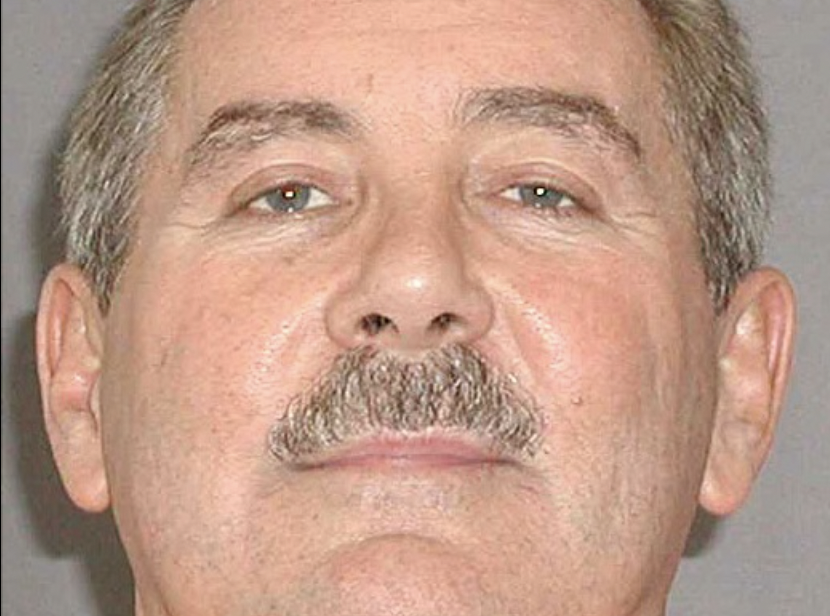
Texas financier Allen Stanford’s glamorous life—private jets, mansions, cricket stadiums in the Caribbean—came crashing down in 2009 when the SEC revealed a $7.2 billion Ponzi scheme. According to Reuters, Investors who thought they were buying “safe” high-yield CDs at Stanford International Bank saw their savings vanish as the scheme unraveled. In an instant, Stanford went from billionaire status to being declared indigent, forfeiting billions and receiving a 110-year prison sentence.
Today, he’s imprisoned until at least 2103, while victims— including baseball stars and retirees—scramble to recover fragments of what they lost. The Antigua bank he controlled was nationalized, and his name is forever linked to one of history’s biggest financial cons. Stanford’s saga underscores how charisma and marketing can cloak malfeasance until it’s too late.
5. Richard Fuld

Dick Fuld presided over Lehman Brothers as it surged to the fourth-largest U.S. investment bank—until September 15, 2008, when Lehman filed a record $639 billion bankruptcy. Fuld’s personal holdings, heavily tied to company stock, evaporated as shares collapsed, costing him over $1 billion in net worth within days, per Politico. Known as “the Gorilla,” Fuld’s refusal to accept bailout terms and his aggressive deals backfired, sinking both bank and banker in one fell swoop.
He spent the aftermath selling art and Manhattan properties to cover margin calls, ultimately stepping back from the spotlight amid lawsuits and congressional hearings. Fuld’s fall is a textbook lesson in hubris—no amount of boardroom bravado can save you once your balance sheet implodes.
6. Bernie Madoff
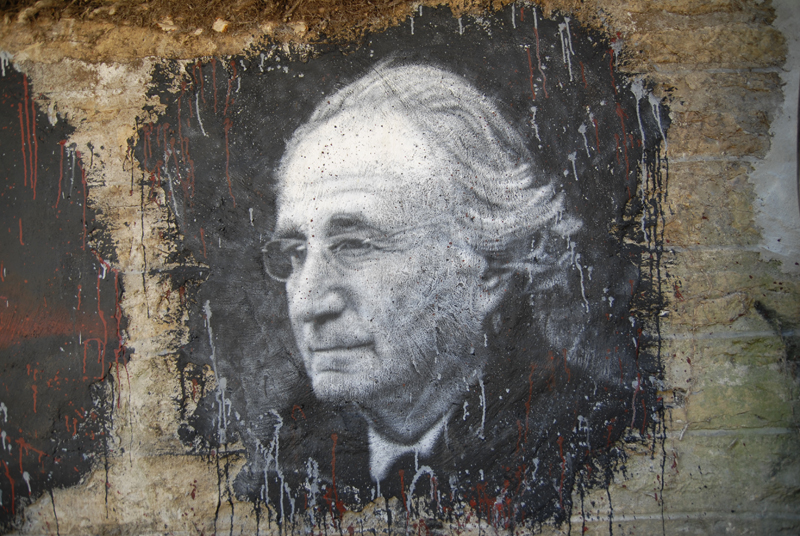
Once a titan of Wall Street, Bernie Madoff’s reputation for steady, above-market returns crumbled in December 2008 when he confessed to running a $65 billion Ponzi scheme. Investors who entrusted him with retirement funds watched in horror as their statements vanished into thin air. Madoff’s arrest led to a 150-year prison sentence—the harshest ever for a financial crime—and widespread devastation among charities, celebrities, and ordinary families.
Despite initial denials, Madoff’s guilt was undeniable, and his name became synonymous with fraud. His wealth dissolved with his credibility, illustrating how even seemingly ironclad reputations can be built on sand. By the end of his life, he was penniless, imprisoned, and reviled—far from the prestige and luxury he once enjoyed. His death in 2021 from kidney failure inside a federal prison was met with more relief than sympathy. Even now, years after his scam unraveled, investors are still recovering what little can be clawed back from the wreckage. In every “too good to be true” story since, there’s a whisper of Madoff.
7. Eddie Lampert
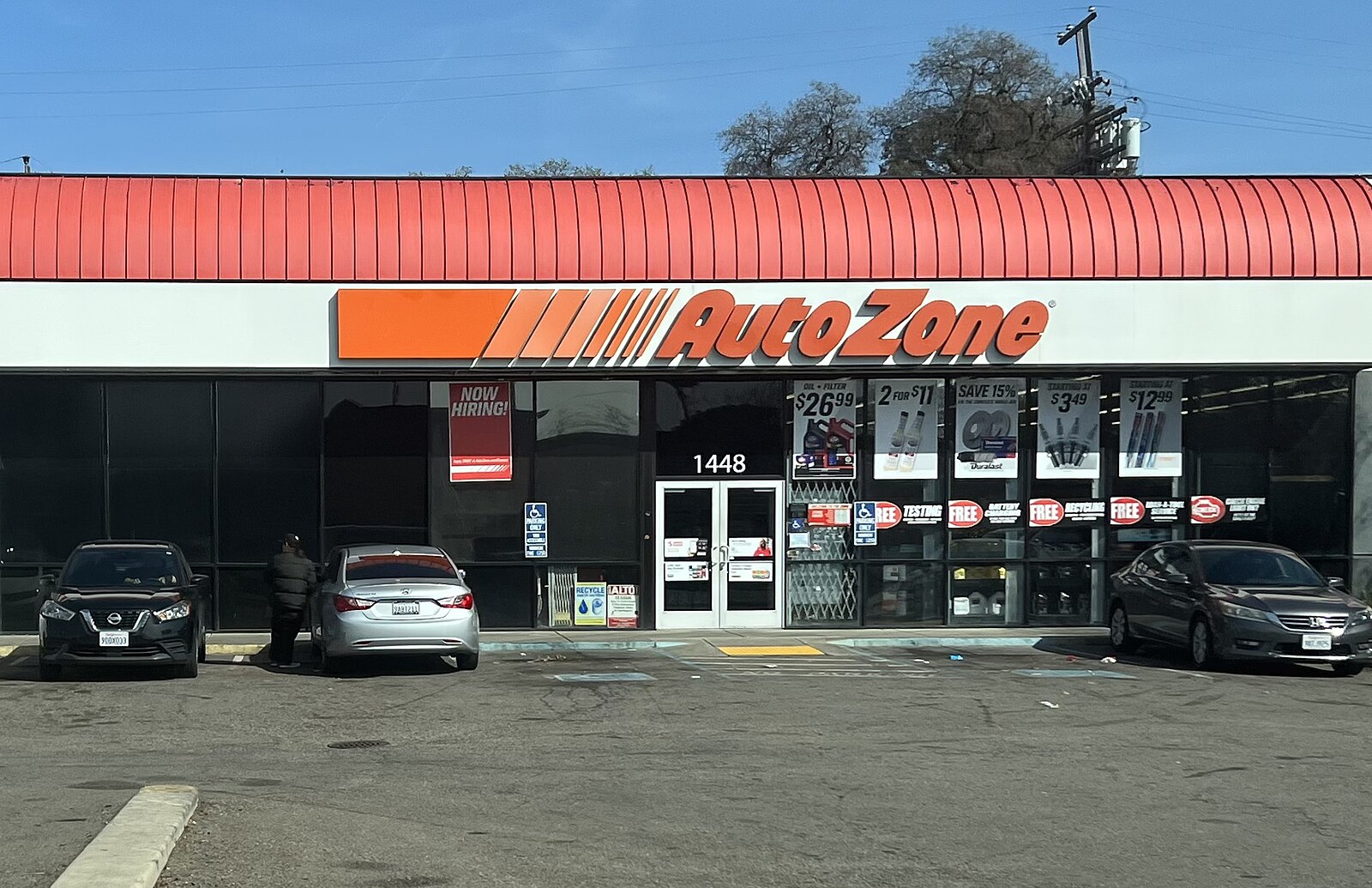
Eddie Lampert, hedge fund wizard and Sears chairman, saw his net worth soar as he acquired major retailers—until the Sears empire collapsed under debt and mismanagement. Lampert’s ESL Investments once commanded billions, but Sears’s share price tumbled from over $200 in 2007 to under $5 by the early 2020s. As stores closed and pensions were cut, Lampert lost billions, ending his reign as one of America’s richest hedge fund managers.
Critics point to risky real estate plays and cost cuts that hollowed out brand value, while supporters note he salvaged parts of the business. Either way, Lampert’s saga shows how turning blue-chip names into turnaround projects can blow up spectacularly if customer loyalty doesn’t follow the spreadsheets. The once-revered financier went from being called “the next Warren Buffett” to getting grilled by Congress about store closures. His obsession with spreadsheets over shopper experience didn’t just cost him his fortune—it helped bury one of the most iconic American brands. Today, what’s left of Sears is little more than a brand name owned by a holding company, while Lampert’s star has long since faded. Billionaire status? Long gone.
8. Björgólfur Guðmundsson

Iceland’s cocktail-lounge king turned brewer and banker, Björgólfur Guðmundsson, was worth an estimated $1 billion in 2008. But when the global credit crunch hit, his Landsbanki collapsed, and his assets were nationalized overnight. Guðmundsson’s fortune vanished, and he returned home to a grey apartment rather than his Viktor-and-Rolf-decked mansion—an emblem of Iceland’s broader banking crisis.
He faced lawsuits and public scorn but eventually negotiated settlements, paying back some creditors. Yet the thriller-turned-reality of Iceland’s boom-bust cycle means his name forever evokes the perils of rapid financial expansion in a tiny economy. Before the collapse, he was even the chairman of West Ham United Football Club—a side hustle that didn’t survive the crash either. His story is often told alongside Iceland’s other billionaire flameouts, as a symbol of just how frothy—and fragile—their economy became. For a brief moment, he was Europe’s banking elite; now, he’s a parable. Not everyone who builds an empire survives its implosion.
9. John DeLorean

Automotive innovator John DeLorean built the cult-classic DMC-12 “DeLorean” sports car and was hailed as the next Henry Ford—until production overruns, quality issues, and underfunding nearly bankrupted his company in 1982. DeLorean was arrested that year on drug-trafficking charges (later dismissed), a dramatic episode that capped his fall from corporate rock star to desperate defendant.
His car’s stainless-steel gull-wing doors now star in pop culture, but he spent his final years battling creditors and living off royalties. DeLorean’s dream ended in courtrooms rather than showrooms, a caution that even visionary ideas need solid capital and management. The irony? His car finally found mass love after “Back to the Future” immortalized it—but by then, he was broke. Lawsuits, scandal, and missed business deals haunted him until his death in 2005. He died with little to his name—just a legacy shaped as much by what could’ve been as what was.
10. Christopher Skase

Australian media mogul Christopher Skase rode the TV and ski-resort boom to billionaire status by 1987, only to see his Qintex empire collapse under $1.8 billion of debt in 1990. Skase fled to Majorca to escape extradition, dying there in 2001 while still under investigation. Creditors got barely a sliver of their money back, and Skase’s name became shorthand for dodging justice and overleveraged expansion.
His mansions are empty shells, his aircraft sold off for scrap, and his legacy is a footnote in white-collar fugitive lore—proof that rapid empire-building can end in solitary exile. Australians even coined the phrase “Doing a Skase” to describe fleeing the country under financial scandal. He famously feigned illness to avoid being returned home, which only fueled the tabloid frenzy. While he claimed he was unfairly targeted, the numbers didn’t lie. For years, he lived in luxury abroad while back home, he was persona non grata. Karma, it seems, doesn’t require a visa.
11. Viktor Bout
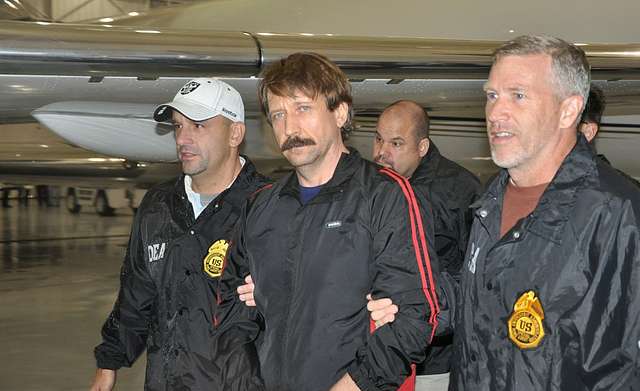
Once dubbed the “Merchant of Death,” arms dealer Viktor Bout trafficked weapons across Africa, the Middle East, and beyond, accruing a secret fortune estimated at $6 billion. In 2008 he was arrested in Thailand and extradited to the U.S., where he received a 25-year sentence. Bout’s wealth was seized, his network dismantled, and his lifestyle reduced to a prison cell—showing that even covert billionaires can’t dodge international law forever.
His story inspired Hollywood’s Lord of War, starring Nicolas Cage, but real life dealt a harsher hand when Bout’s assets vanished and he became a cautionary tale of illicit riches. For a man who once lived in jets and luxury hotels, the fall was as steep as it was sudden. His release in a 2022 prisoner swap with the U.S. made global headlines—but he returned home to Russia without his empire. Sanctions, asset freezes, and global scrutiny mean he’s a billionaire no more, even if his notoriety lives on. Turns out, war profits don’t come with a retirement plan.
12. Allen Stanford
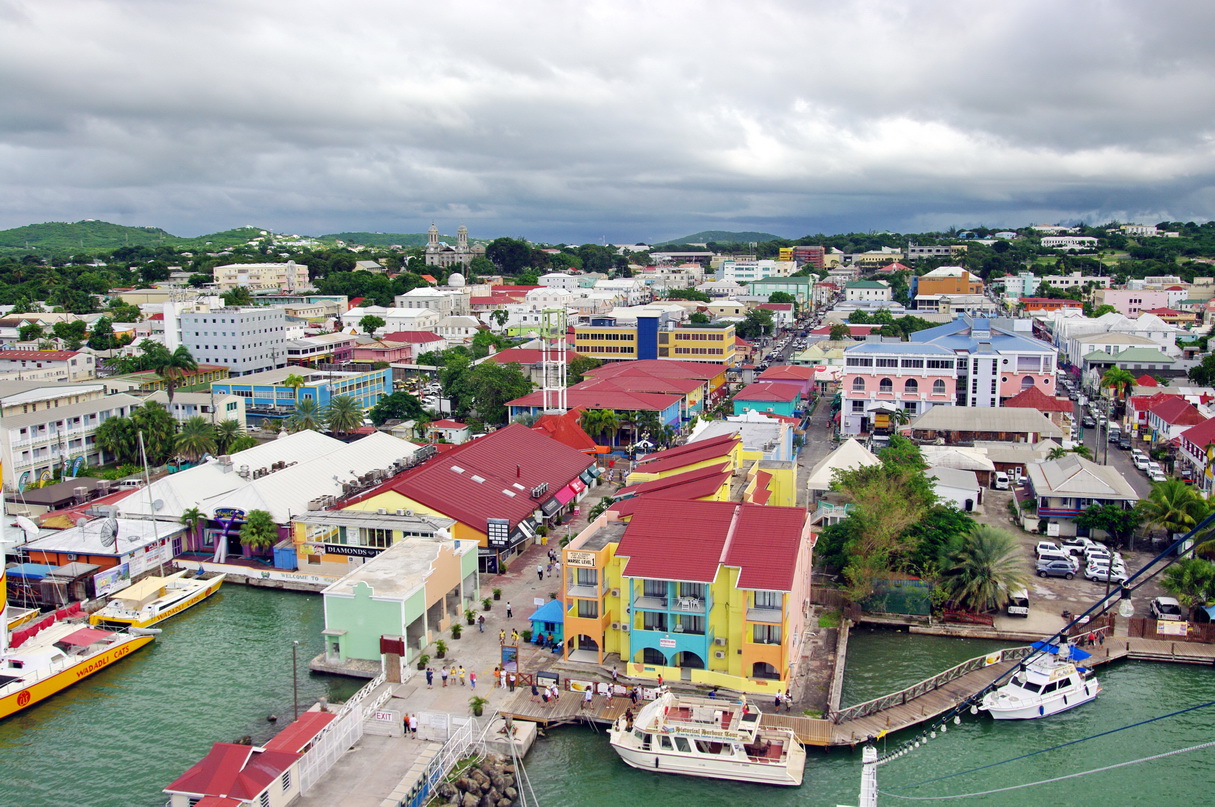
If Bernie Madoff was the king of Ponzi schemes in New York, Allen Stanford was his flashy Southern cousin—just with more cricket and less Wall Street polish. Stanford, a Texas-born financier with a love for yachts, private jets, and knighthood (yes, he called himself “Sir Allen”), built a financial empire through the Stanford Financial Group, luring investors with promises of ultra-stable returns. His offshore bank in Antigua was allegedly a safe haven for the wealthy, but in 2009, it all unraveled when the SEC exposed a $7 billion fraud. Turns out, those high returns came from a mix of lies, fake certificates of deposit, and good old-fashioned financial smoke and mirrors.
Stanford was arrested, tried, and sentenced to 110 years in prison—a few decades shy of Madoff’s sentence, but still enough to cancel his travel plans indefinitely. His empire, once adorned with cricket sponsorships and lavish offices, collapsed like a badly built Jenga tower. The man who once hosted VIPs at glitzy parties ended up behind bars with a net worth of exactly zero. And that knighthood? Antigua stripped him of it faster than you can say “fraudulent CD.”
13. Michael Ovitz

Hollywood agent-turned-Disney President Michael Ovitz rocketed to a $200 million payday in 1995—then lasted just 14 months before being ousted. He walked away with a $38 million severance, but the public spectacle and lawsuits turned his tenure into a punchline. Ovitz’s stock options and bonuses became toxic, and his estimated net worth plummeted by over 80% in the following years as legal fees and investments tanked.
Today Ovitz is far from broke but nowhere near his mid-’90s peak—proof that even at the pinnacle of Tinseltown power, a misstep can cost you a fortune and your reputation. His book, Who Is Michael Ovitz?, tried to reclaim the narrative, but many critics weren’t buying it. He became a symbol of overhyped corporate appointments gone wrong. The man who once brokered deals for Tom Cruise and Spielberg ended up getting ghosted by Hollywood’s A-list. In the end, Ovitz learned the hard way: in Hollywood, you’re only as good as your last headline.
This article is for informational purposes only and should not be construed as financial advice. Consult a financial professional before making investment or other financial decisions. The author and publisher make no warranties of any kind.








